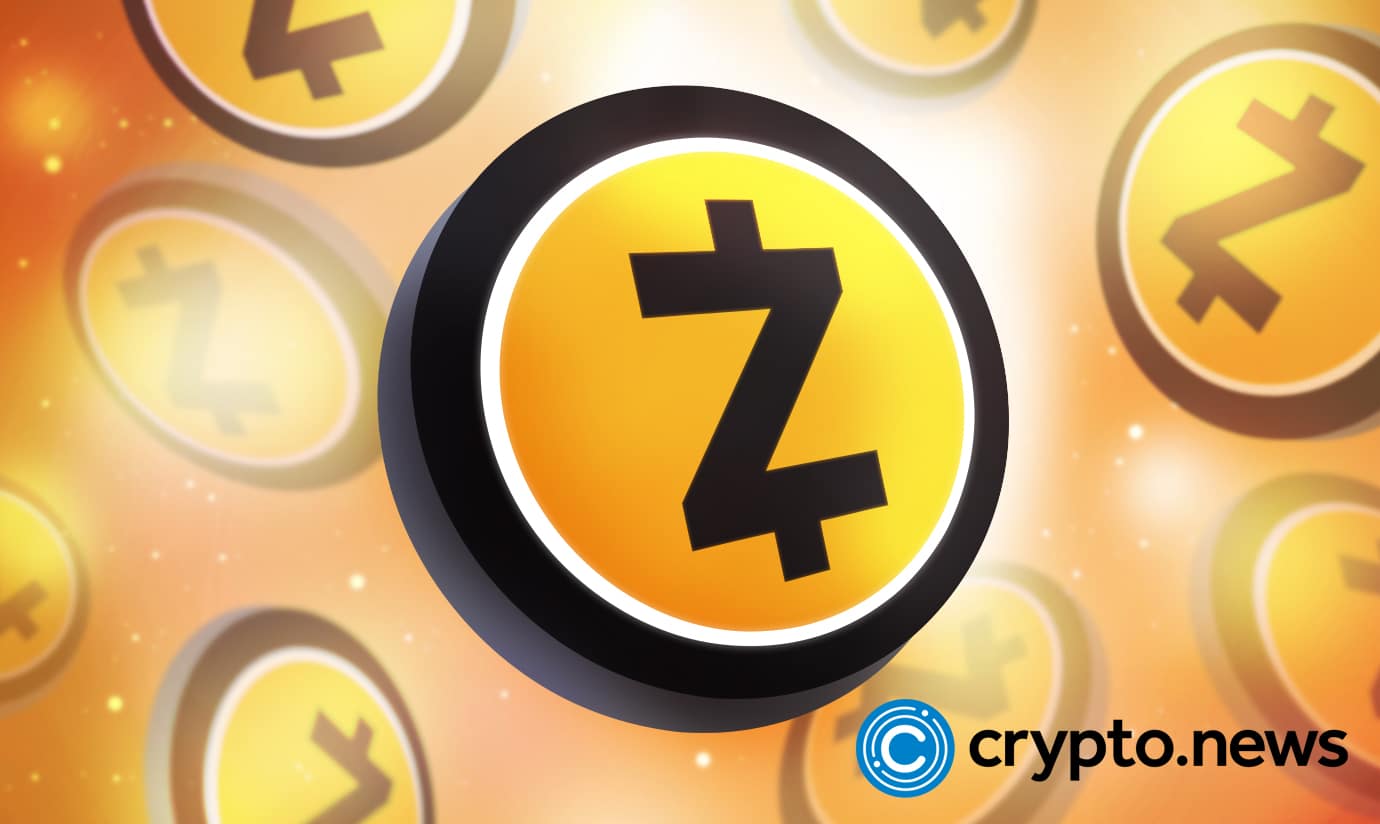Buterin pushes Layer 2 interoperability as cornerstone of Ethereum’s future
Ethereum founder, Vitalik Buterin, has unveiled new goals for the Ethereum blockchain today at the Japan Developer Conference. The plan lays out short-term, mid-term, and long-term goals touching on L2 interoperability and faster responsiveness among others.
In terms of technology, he said again that he is sure that Layer 2 options are the best way to go. They not only make Ethereum more scalable but also make it easier to interoperably cross ecosystems.
He went even further and set a very high goal: Ethereum wants to grow 10 times by next year, increasing throughput and usability while keeping security and decentralization. His team aims to gradually stabilize and become a more reliable underlying infrastructure.
He also said that L2 networks will feature strong scalability and user experience in the coming years. This will decrease trust assumptions, and more users can use Ethereum in environments requiring minimal trust.
L1’s credibility, security, and creation of new technology
According to Vitalik, their current priority is the assurance of L1’s credibility and security. One of the goals is to increase the gas limit of Ethereum L1 while maintaining decentralization. According to Vitalik, this will require block-level access lists, ZK-EVMs, gas price repricing, and slot optimization to further enhance performance.
This short-term performance optimization strategy for the Ethereum mainnet balances expansion and decentralization. He noted that ideas dominating the 2010s differ significantly from those in the 2020s, and predicted the 2030s will bring another paradigm shift.
The Ethereum technology will also enhance the privacy of users’ on-chain operations as they write. This will include payments, voting, DeFi operations, and account operations such as key changes and social recovery. Vitalik said Ethereum is actively exploring privacy protection for users during on-chain interactions.
For instance, the writing privacy key technologies will use zero-knowledge proofs to protect transaction privacy on the client side, anonymous fund pools or association sets, encrypted voting based on minimized auditability, and mix network transmission of transactions to obscure the source further.
According to Vitalik, multiple encryption and obfuscation techniques enhance the privacy of on-chain write operations.
In addition, reading privacy key technologies will provide a trusted execution environment and random access memory, private information retrieval, and partial state nodes, providing only necessary data. They will also have padding and dummy request techniques, which will prevent leakage of data access patterns. These will not only need to hide write operations, but also protect privacy when users read on-chain data.
This initiative shows the crypto industry’s quest to create privacy within the blockchain. As reported by Cryptopolitan, XRP’s ledger is looking to introduce privacy to balances and transfers for confidential multi-purpose tokens.
Vitalik encourages Asian developers to use AI
Vitalik introduced a goal of creating faster slots and certainty. This will be achieved through shortening block finalization time, network optimization, erasure coding, and improving data propagation and fault tolerance. Faster block production and finality can directly enhance user experience and network security.
Long-term, Vitalik said they look to improve their Quantum resistance to prepare for future quantum computing risks. Formal verification will ensure protocol security through mathematical means. Transition to ideal cryptographic primitives, such as optimal solutions for hashing, signatures, ZKP, etc, will also come in handy.
He encouraged Asian developers and researchers to focus on core technical issues that will make Ethereum more efficient, secure, and decentralized. He even suggested that AI could be a powerful tool for learning and onboarding, especially in technical domains.
He added that the Chinese and Japanese developer groups work differently. China has a quick, large-scale push that is often tied to big projects. In Japan, on the other hand, coders were quick to adopt new technologies and often tried out cutting-edge ideas before they caught on around the world.
Don’t just read crypto news. Understand it. Subscribe to our newsletter. It's free.
Vous aimerez peut-être aussi

Zcash ECC reveals ambitious Q4 plans amid 45% ZEC price rally

XRP Clocks $2.50 on Nov. 2 as 2025 Gains Cool: Global Traders Eye Year-End Price Path
